Graphics Reference
In-Depth Information
singularity
can
be described in terms of a finite sequence of what are called
Puiseux
pairs
! See [BriK81].
We shall show that a plane curve can have at most a finite number of singular
points and that all the other points are regular. Again note that looking at real curves
can be deceptive because it might seem that certain points look regular, when in fact
they are not. For example, one can show that the curves defined by equation (10.43)
give rise to only one of three shapes
2
3
XY
-=,
0
(10.44a)
(10.44b)
(10.44c)
3
4
XY
-=,
0
r
3
5
XY
-=.
0
Just like some of the plane curves in Examples 10.6.6-10.6.10, these curves may look
pretty “regular” at the origin but actually have singularities there. To see this one has
to deal with these curves over
C
. One can show (see [BriK81]) that the manifold that
they define is not as differentiable at the singularity as it is at regular points. For
example, the curve defined by equation (10.44b) is a C
1
submanifold of
R
2
but not a
C
2
submanifold. When one passes to
C
2
, one can show that the complex curve is never
a submanifold at the singularity. In fact, singularities of complex curves are points
that do not have any neighborhood
U
so that the imbedding of
U
in
C
2
looks like the
imbedding of
R
2
in
R
4
. More precisely, one can show that if one intersects the curve
with the boundary of a ball neighborhood of the singular point in
C
2
, which is home-
omorphic to
S
3
, one will get a knot in
S
3
. In the case of our curves one gets a torus
knot of type (p,q). To summarize, one can show that small neighborhoods of a sin-
gular point of a curve in
C
2
are topologically disks (assuming that they are not dis-
connected pieces) which are a cone on a knot in their boundary. In general, when we
get disconnected pieces, neighborhoods consist of a collection of such cones.
Although we started out at the beginning of this section wanting to analyze
projective plane curves, everything we have done so far was with respect to a special
affine version of it. Fortunately, one can show that all the concepts we defined are
independent of the particular affine representation of the curve. As an example, we
rephrase the notion of multiplicity in the context of homogeneous polynomials.
10.6.11. Theorem.
A point
p
of a plane curve
C
in
P
2
(
C
) defined in
P
2
(
C
) by the
homogeneous polynomial F(X,Y,Z) has multiplicity r if and only if all the (r - 1)th
derivatives of F vanish at
p
, but not all rth derivatives.
Proof.
First of all, we may assume as before that
p
does not lie on the line Z = 0
and that Z = 0 is not a component of F. If f(X,Y) = F(X,Y,1), then f(X,Y) = 0 is the
affine equation corresponding to F(X,Y,Z), that is, f(x,y) = 0 if and only if F(x,y,1) = 0.
Let
p
= [a,b,1]. Since
∂
∂
f
X
∂
∂
F
X
∂
∂
f
Y
∂
∂
F
Y
(
)
=
(
)
(
)
=
(
)
ab
,
a b
, ,
1
and
ab
,
ab
, ,
1
,
it follows that


